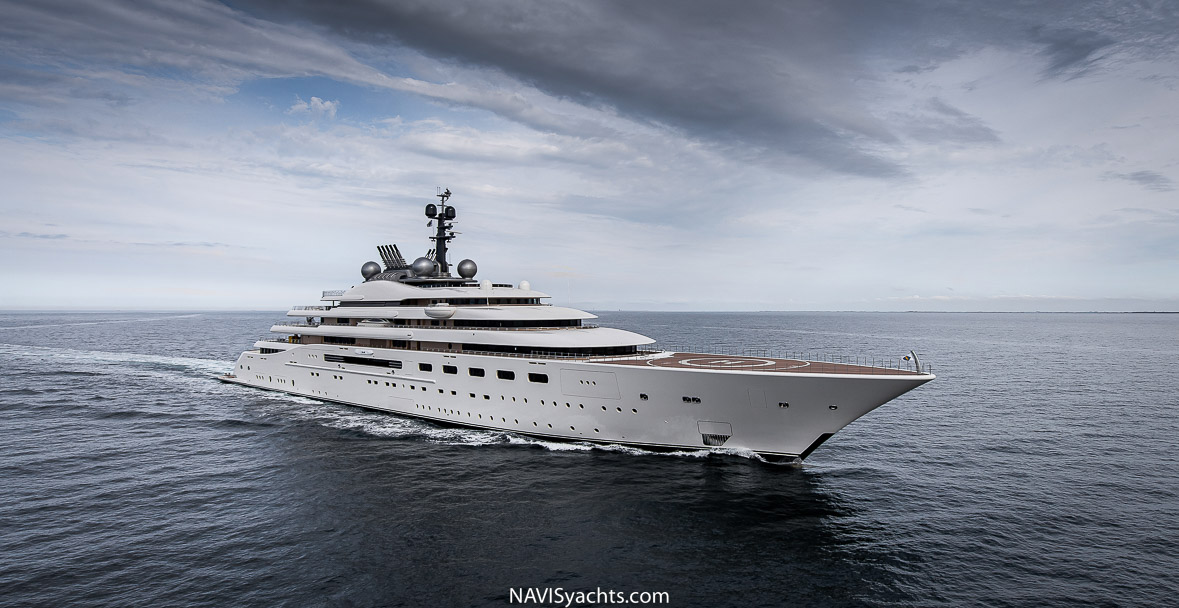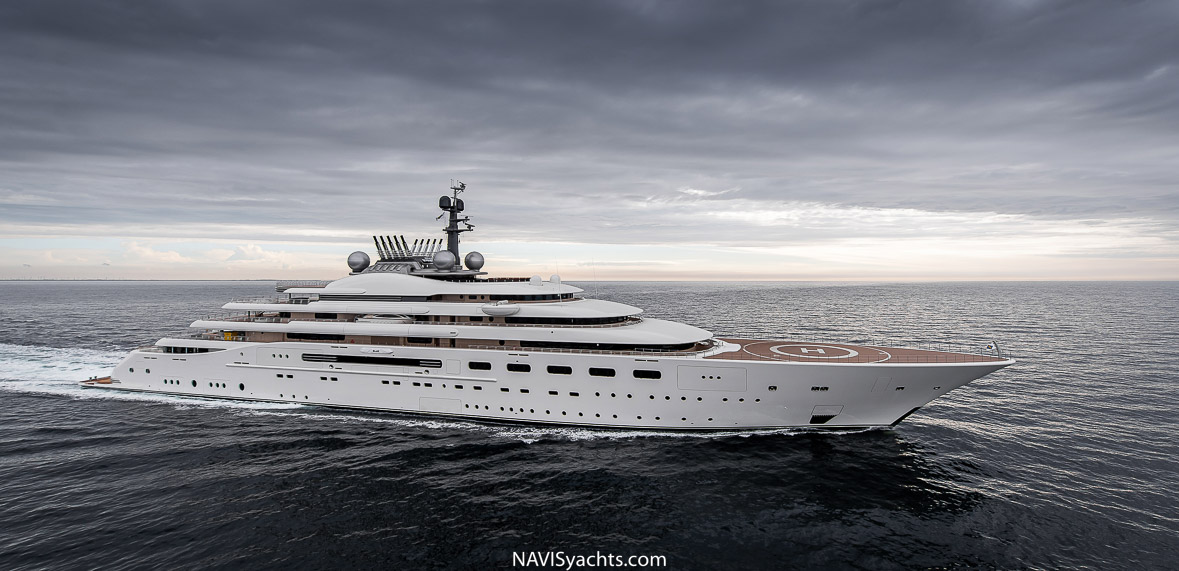Balancing the strictly enforced emissions regulations while meeting client demands to construct luxury sailing vessels poses an engineering challenge for even the most exacting superyacht builders. The International Maritime Organization (IMO) has placed strict limits on Nitrous Oxide Emissions (NOx), and laws have been in effect since 2016 to enforce restrictions on vessels that operate within Nitrous Emissions Control Areas (NECAs). Many superyacht builders within the industry have struggled to come up with an elegant solution to the IMO Tier III’s emissions requirements and have been forced to rely on systems like SCR - Selective Catalytic Reduction.
Diesel engines used for superyacht propulsion are not conducive to the type of modifications that would allow emissions to comply with industry standards, and SCR systems add substantial weight to the engine room. Designing and engineering an after-treatment system that reduces volume, weight, and vibration while meeting the necessary regulatory requirements with a compact exhaust tested the finest engineers and R&D technicians at Lürssen as they embarked upon creating and building their own innovative exhaust after-treatment system.
This is not the first yacht innovation credited to Lürssen’s research team. In a recent announcement, Lürssen revealed that they are building a yacht for a technology-driven client that is equipped with fuel cell technology and that this is the first major step on the road to a zero-emission vessel. The yacht, which is under construction at Lürssen, will be able to anchor for 15 days or cruise 1000 miles at slow speed in a carbon-neutral manner. Lürssen is recognized as an industry leader that handles new innovations and projects with management and oversight, which is both protective and discreet.
In a project that started in 2015, Lürssen and its engineering partners, HUG Engineering and Nießing Anlagenbau, dedicated time and resources to conceptual design and testing of a new exhaust after-treatment solution that would incorporate a silencer into a traditional SCR system and reduce NOx emissions to acceptable limits. Funded by the Federal Ministry for Economic Affairs and Energy, the Lürssen team dedicated considerable time, energy, and man hours to the project. Extensive testing was performed to put the new exhaust after-treatment system through different situations and scenarios, monitoring performance and collaborating with teams to achieve the results that would earn the new system its final certification and allow it to be used in yacht construction.
The result is an innovative and extremely compact exhaust after-treatment system that converts up to 90 percent of the NOx emissions into water vapor and nitrogen, reduces space and weight by 30 percent, costs by 20 percent, as well as minimizes noise and vibration. This means Lürssen’s clients can have more interior volume for themselves while also being able to enjoy their yachts in a more comfortable and healthier environment.
The new exhaust system has been used on all new Lürssen keel projects since 2016, and with a versatile combination of components, the after-treatment system can be modified to individual needs of clients and different projects to maximize space and efficiency. Due to its adaptability, the new exhaust treatment system is also suitable for use in refit projects.
Motoryacht Blue has recently embarked on her maiden voyage and been delivered to new owners. The 160-meter yacht is designed to be as environmentally friendly as possible. Blue is equipped with a Diesel-Electric Hybrid Propulsion system and the newly developed after-treatment exhaust system in order to minimize noise and vibrations, particles and keep NOx levels low. Incorporating client requirements in a contemporary and forward-thinking vessel, Blue is a testament to Lürssen’s engineering expertise and positions them as a market leader in sustainable yacht design and development.

Photos: Tom Van Oossanen, Harry Köster, Lürssen Words: Emma Hersh




